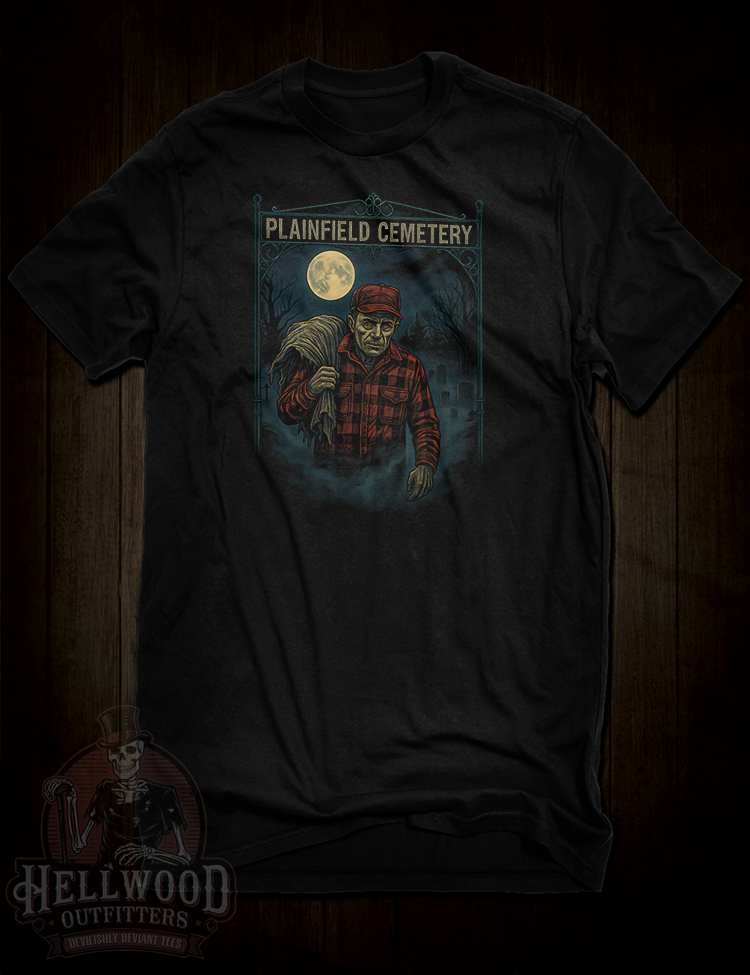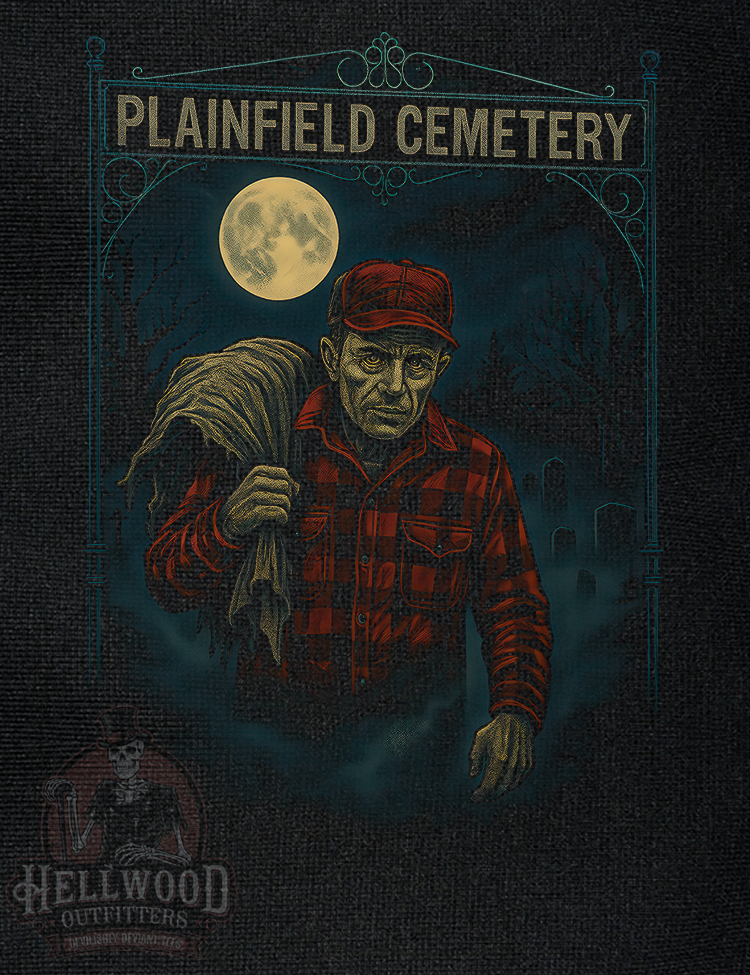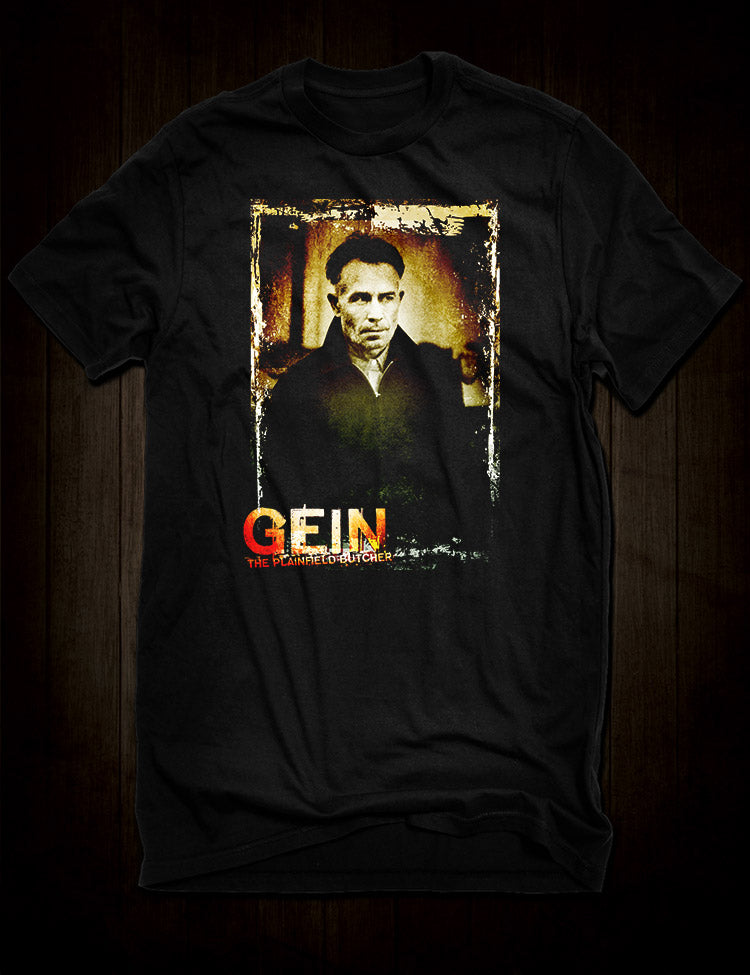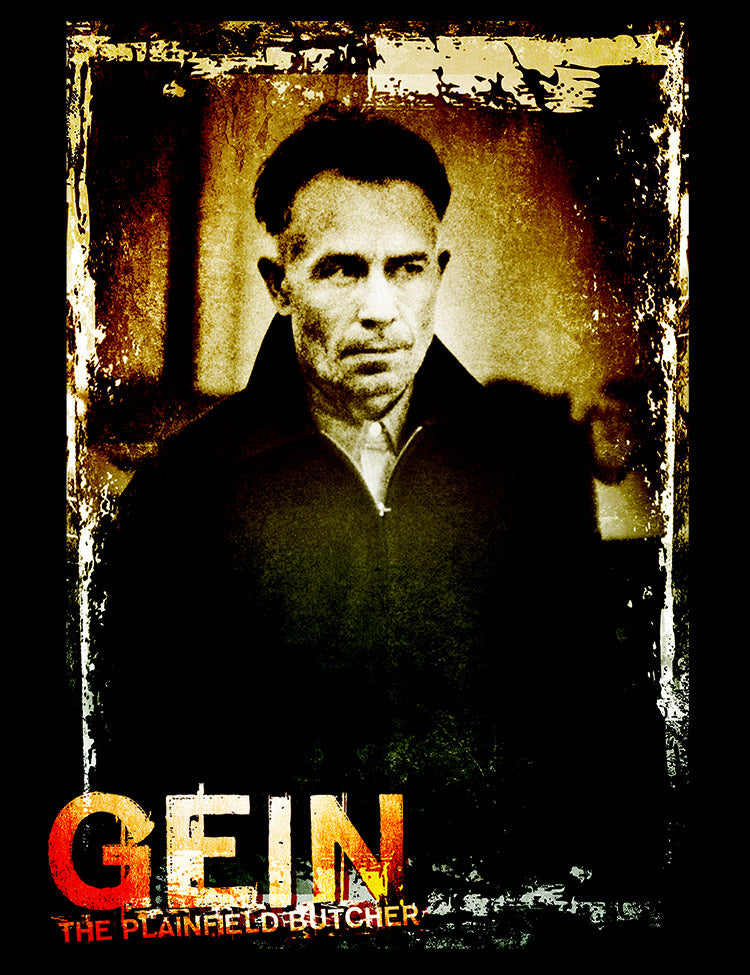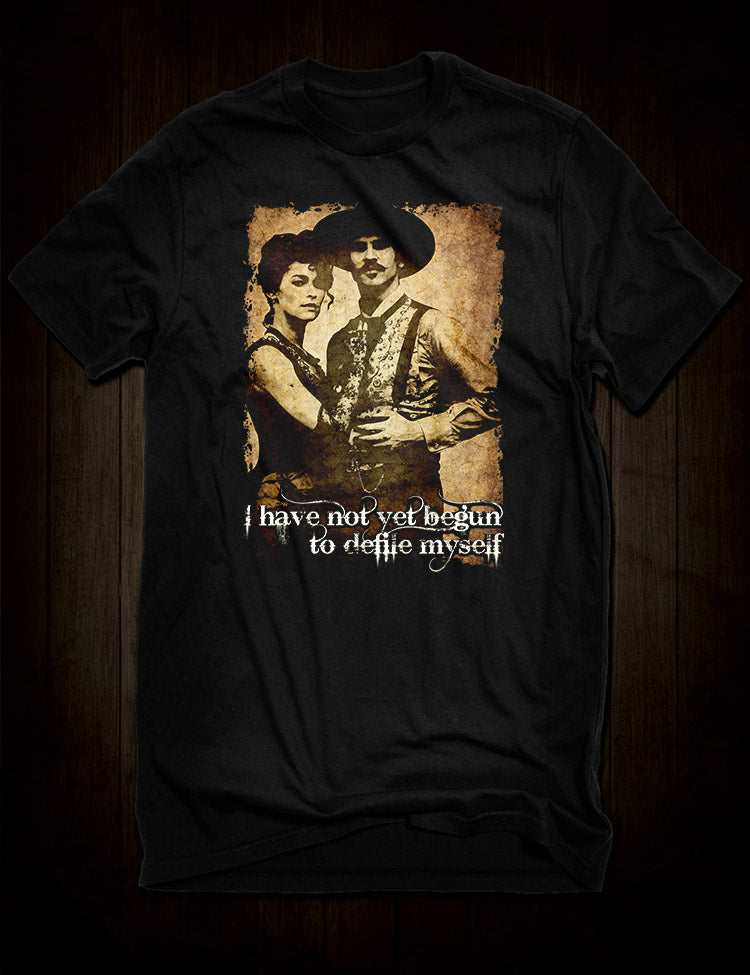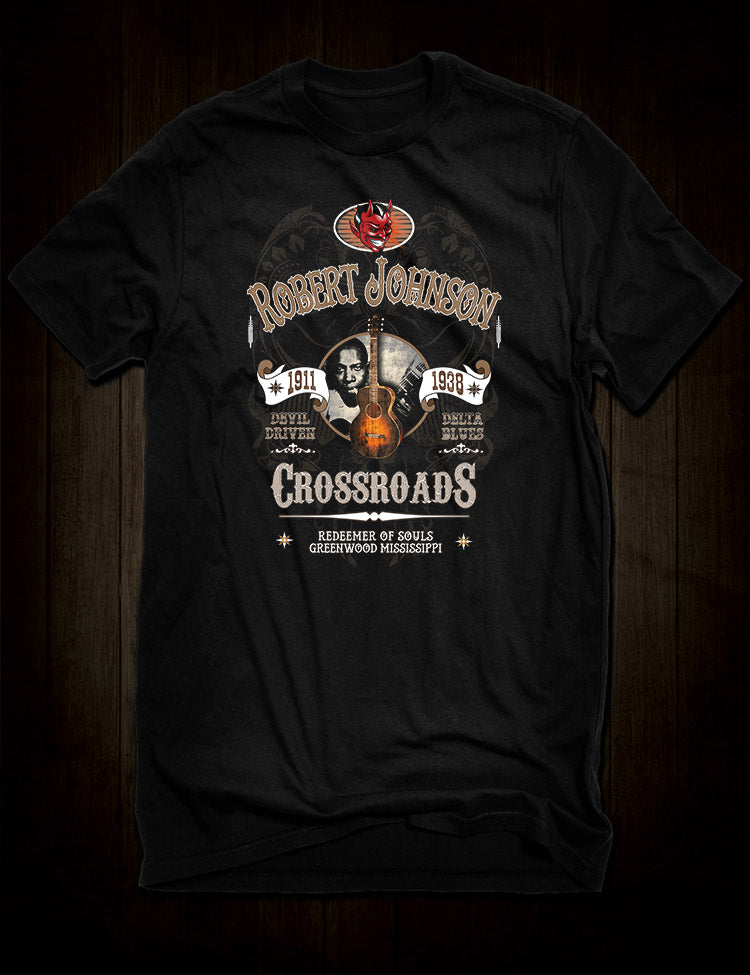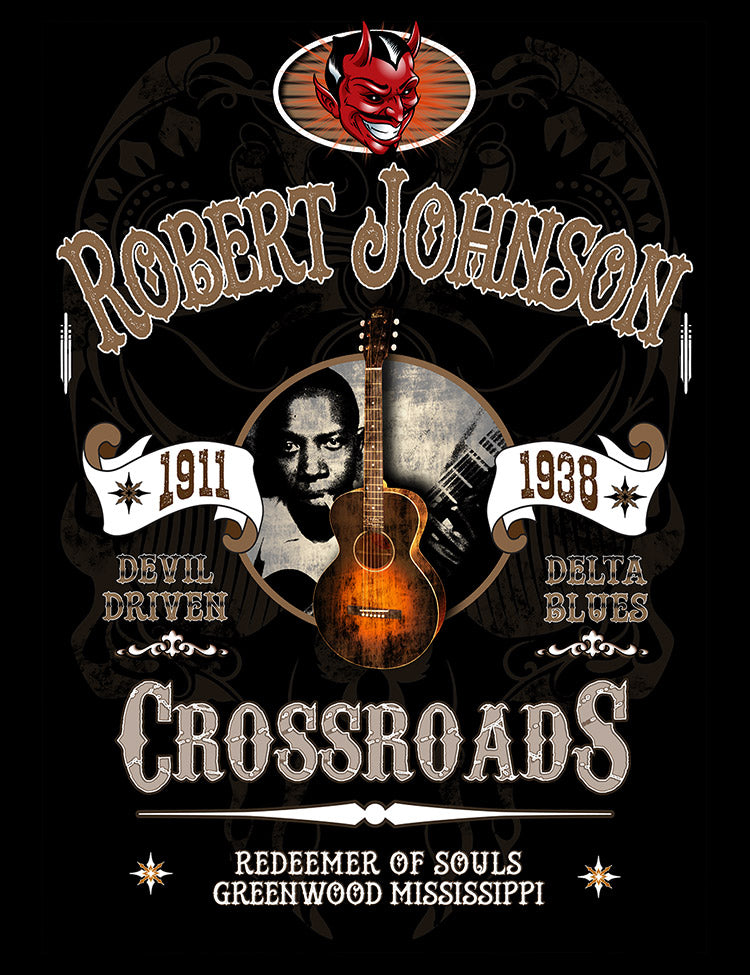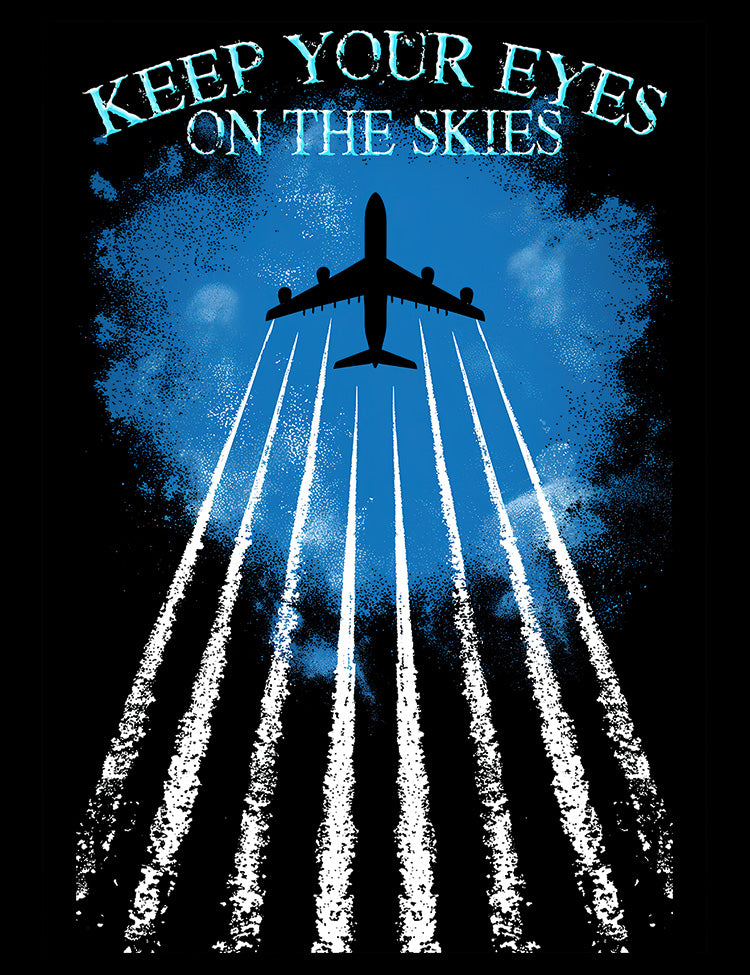Jack Ruby's Carousel Club T-Shirt

JACK RUBY'S CAROUSEL CLUB T-SHIRT
An American history t-shirt available in black cotton.
In the flickering glow of neon, under the hum of whisky breath and whispered secrets, there stood Jack Ruby’s Carousel Club — Dallas’ infamous burlesque bar where crime, conspiracy, and cabaret collided. Before he became a name etched in true-crime history, Ruby was a showman — the self-styled impresario of this smoky, seedy temple of temptation.
The Jack Ruby’s Carousel Club T-Shirt captures that intoxicating mix of glamour and grit — a vibrant slice of 1960s Americana steeped in scandal. The design glows like the club’s original sign: bright red script, golden bulbs, and a ghostly image of Ruby himself presiding over his stage of dancers, hustlers, and drifters. It’s Hellwood’s tribute to the lost world of late-night Dallas — a place where politics and pleasure rubbed shoulders, and where one man’s nightclub would become forever linked to the most shocking event of the 20th century.
“He wanted to be somebody. And, in the end, he was.” — Contemporary Dallas journalist
On November 24th, 1963, Jack Ruby stepped out of the haze of the Carousel and into history when he shot Lee Harvey Oswald live on television. In that split second, the boundaries between crime, fame, and conspiracy collapsed — and the Carousel Club’s lights burned brighter than ever in the annals of infamy.
Equal parts vintage Americana and noir artifact, this shirt celebrates the uneasy glamour of an era when the American Dream danced in smoke and sequins — and every show had a dark encore.
💬 FREQUENTLY ASKED QUESTIONS (FAQs)
Q1: What was Jack Ruby’s Carousel Club?
A1: The Carousel Club was a real Dallas burlesque nightclub owned by Jack Ruby in the early 1960s. It became infamous after Ruby shot Lee Harvey Oswald — JFK’s accused assassin — two days after the president’s murder.
Q2: Why is the Carousel Club significant in American history?
A2: The club became a focal point in JFK assassination lore, representing the strange intersection of nightlife, crime, and politics that marked 1960s Dallas.
Q3: What inspired this Hellwood design?
A3: The design reimagines the original neon signage and atmosphere of Ruby’s club — part true crime, part time capsule, drenched in the glow of vintage scandal.

